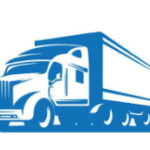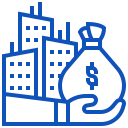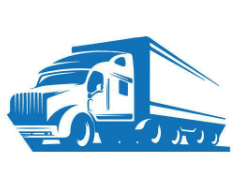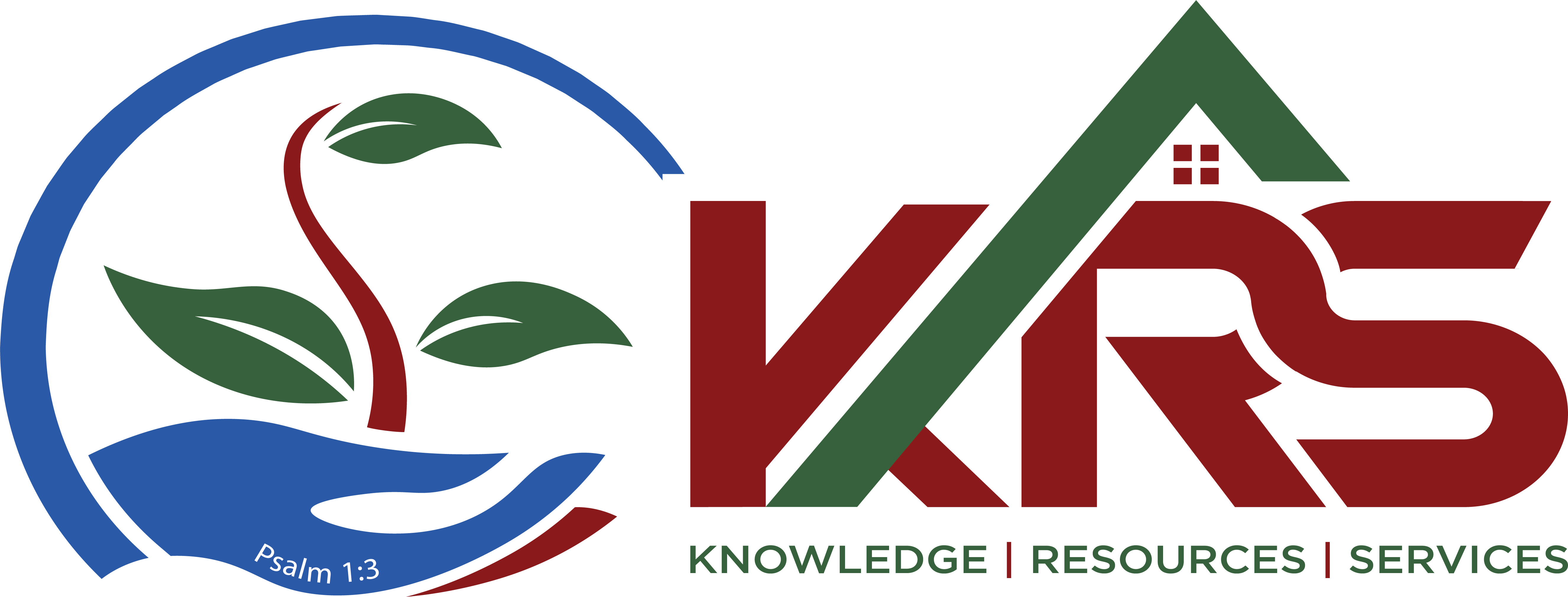- Services We Provide

Krs services cover all aspects of your payroll process and payroll tax needs.



Rely on our experts to help you create a healthy workplace and navigate employment issues.



We know how difficult it is to shop for commercial truck insurance, so we’ve made the process easy.

 Whether you are a small business or a large corporation, we can provide you with the amount of funding you need to succeed.
Whether you are a small business or a large corporation, we can provide you with the amount of funding you need to succeed. - Insurance



Combines business property and business liability insurance into one convenient policy.

Provides additional coverage beyond the limits of underlying primary liability insurance policies

We know how difficult it is to shop for commercial truck insurance, so we’ve made the process easy.

Homeowners’ insurance typically provides coverage for a range of situations that can affect your home and personal property.

We provide renter insurance with convenient access to policies designed to fit their lifestyles.


- Industry We Serve


We support healthcare and medical providers so they can focus on their patients.

By reducing the workload for restaurants and hospitality companies, we help them shine.

We have a suite of employer solutions to support professional service providers.
- Cloud Technology Platform
- About Us
- Blog
- Contact Us
